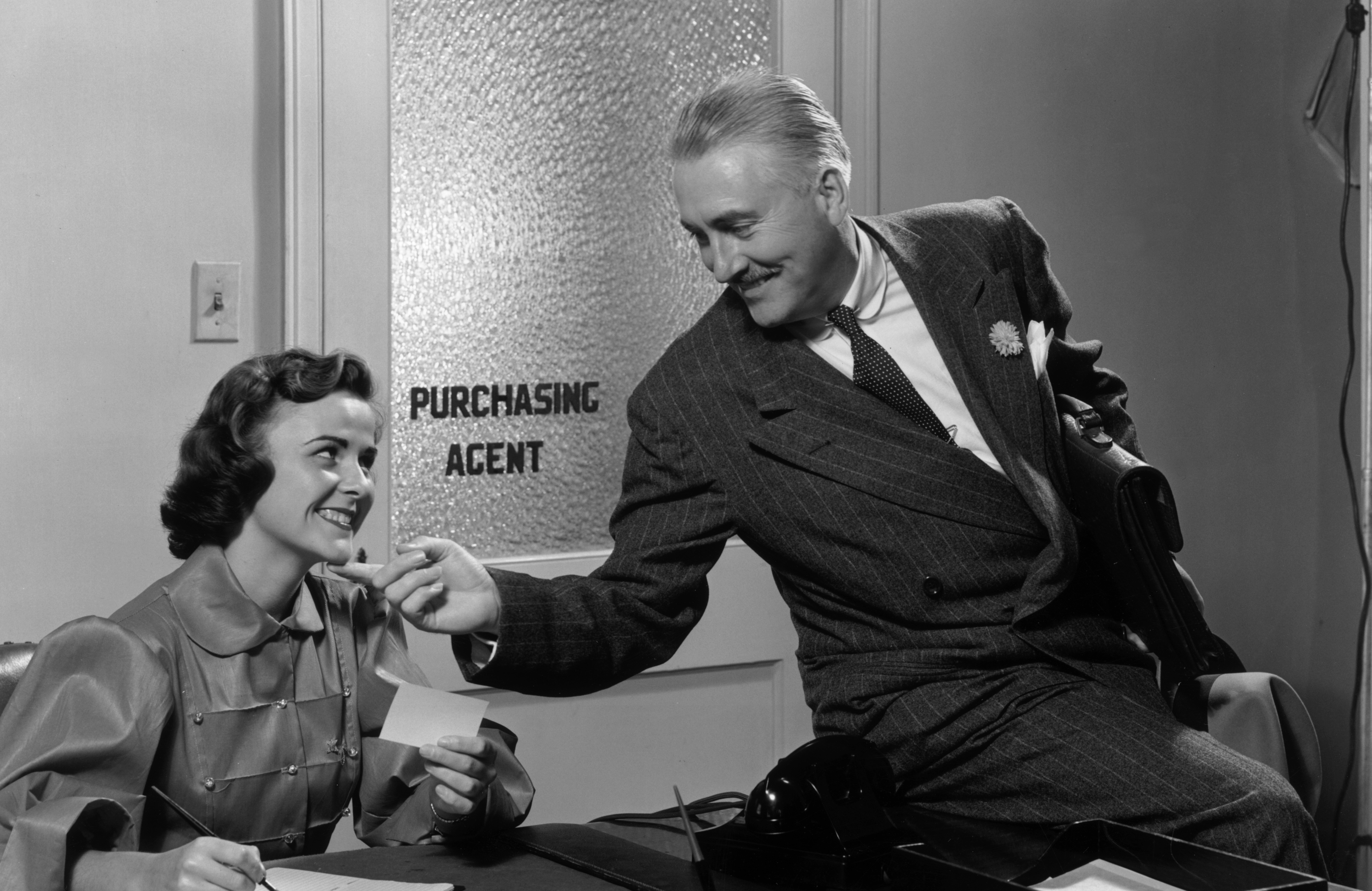
Politics & Society
Julia Gillard: On women

As gender equality movements like #MeToo and #TimesUp gain traction - is the business world taking sexual harassment seriously enough? And how prepared should our future employees be to tackle it?
Published 15 February 2018
As everyone heads back to work after a season where #MeToo seems to have started a seismic shift in gender relations in the workplace, I’m asking myself the question – what exactly has changed?
Every year I teach a subject that covers, among other topics, gender in the workplace. Every year, I feel the need to devote time and energy to convincing students that sexual harassment and discrimination is still relevant, prevalent and not yet ‘done’. Every year, I’m torn between trying to provide a realistic preview of what they will encounter in the workplace and not turning them off organisations completely.

Basically, I’m trying to put them on alert.
I want these highly educated, high-achieving students who have been raised to believe in merit and hard work, to understand others may not operate according to these ideals, especially those further up the organisational food-chain.
If you think sexual harassment and discrimination only happens in lower skill, lower-paid jobs, to less educated and less privileged women, think again.

Politics & Society
Julia Gillard: On women
In 2012, I remember coming across a report which I still refer to in class. Undertaken by the Victorian Equal Opportunity and Human Rights Commission with the support of the Law Institute of Victoria, this survey of female lawyers found that 40 per cent had experienced discrimination and 25 per cent had experienced sexual harassment by more senior men. But two-thirds had not lodged a complaint for the all-too-familiar reasons: fear of the backlash that would ensue, damage to their careers, and the lack of faith that the complaint would be handled properly.
These patterns were strongest during the first five years of their careers, and most sexual harassment had occurred within their first year of work.
In the years since this report was released, the legal profession has taken various actions to promote gender equality. But it does illustrate that if unlawful discrimination and harassment can happen to legally-qualified women, and in firms where we could assume the law is known inside-out, then it can happen to anyone.
At some point in my class, at least one student will ask why more progress hasn’t been made, given the Sex Discrimination Act was passed in 1984 and gender equality has been discussed for decades. An excellent question, but difficult to answer. There is no one thing explaining the lack of progress. But if they take away only one point from the class, I would like it to be this – one of the biggest barriers to progress is the belief that it is inevitable.

Many years ago, as a student at business school, I remember a lecturer saying that there would inevitably be an increase in women at senior levels of organisations because it ‘made sense’. In order to compete, organisations would have to recognise they need to draw on the whole talent pool available to them. They would see the rationality and logic of hiring and promoting women because it was in their own interests to do so.
That was in 1995.
This type of argument underpins the ‘business case’ for gender and for diversity more broadly. In various ways, the argument goes, it is in the organisation’s interests to promote gender equality. We just need to convince them of that.

Arts & Culture
Challenging harmful ideologies in belief and practice
The problem is that argument is rational and logical. I don’t think I’m bursting any illusions if I say that organisations, and the people in them, are often neither of these things.
Prejudice and rationality don’t occupy the same territory. They are like two countries that don’t share a border or a language. Trying to dismantle with rational argument the prejudice that underpins discrimination and harassment coded into the DNA of some organisations and occupations, is misdiagnosing the problem – the wrong medicine for this disease.
The second issue this excellent question raises is the difference between talk and action, or the ‘rhetoric vs reality’ critique. In other words, rather than taking organisational PR and government policies as indicators that change is occurring, we should drill down to examine the rate of change on gender equality. This is particularly illuminating given we now have access to data on long-term trends.
There are good reasons to be critical of organisational spin around gender and diversity.
But there are also different types of talk. All talk is not created equal.

One of the biggest changes I see as emerging from the #MeToo movement is its impact on the willingness of those who have experienced sexual harassment and discrimination to speak up. People speak up if they think they will be listened to, and treated fairly, not punished for speaking.
What we’re seeing is not a sharp increase in the incidence of sexual harassment and discrimination but an increase in reporting, whether that be on social media or through formal channels. This is a sign that something significant has shifted in our society.
For my part, while I will keep talking about sexual harassment in class, perhaps this year, I will need to talk less. For one thing, I won’t have to convince students that it is still an important and pressing topic.
This year, the case has already been made.
Banner: Getty Images